- relumins
- Bellast L
- Bellast Plus
- Bellast Soft L
- belo essentials
- beyond perfection
- Caudalie
- Cerave
- Chaeum Premium 1
- Chaeum Premium 2
- Chaeum Premium 4
- dalfour beauty
- DeneB Classic S
- Derma Pen Facial
- Dermatology
- Elasty F no Lidocaine
- Elasty F Plus
- Elasty G no Lidocaine
- Elasty G Plus
- Elravie Premier Deep Line-L
- Elravie Premier Light-L
- Elravie Premier Ultra Volume-L (1 x 1.0 ml)
- Etrebelle
- Exquiller Implant
- Gana HA Body
- gluta-C
- glutaMAX glutathione
- Harbal
- High Inj.
- hollywood style
- HyalDew
- ishigaki
- IVORY
- kojic sun
- Korean Filler
- LeaDerma
- Luminous
- Medisco
- Mennus
- mesoskinline
- MET tathione
- Mizon
- Monalisa
- Neuramis
- new + exciting
- Payot
- Relumins USA
- ReMedium PDRN
- Rx
- sante barley
- sante barly
- Secret rose
- Sedy Fill
- Sedy Fill Body Filler 60ml Lidocaine
- snow
- Sosum
- Spa/Assc.
- Stayve
- SVR
- tatiomax
- Tocobo
- TOKYO WHITE
- Topical Anesthetic
- Ultra CA+
- Ultrafill Fine
- Ultrafill Implant
- Ultrafill Kiss
- Ultrafill Shape
- Uriage
- VOM Intense
- VOM Light
- VOM Volume
- Yvoire Classic Plus
- Yvoire Contour Plus
- Yvoire Volume Plus
- ZISHEL Black Rose
- ZISHÉL ROSE GLAM (Lidocaine)
“3-RETISES CT YELLOW PEEL” has been added to your cart. View cart
Description
Description
1. Treatment Options for Alopecia
-
Topical Treatments
-
Minoxidil (Rogaine): Over-the-counter solution or foam applied directly to the scalp.
-
Corticosteroid creams or ointments: Help reduce inflammation around hair follicles.
-
-
Oral Medications
-
Finasteride (Propecia): Mainly for male-pattern baldness.
-
Oral corticosteroids: For more severe autoimmune cases.
-
JAK inhibitors (like baricitinib): Newer drugs for alopecia areata.
-
-
Injectables
-
Corticosteroid injections into the scalp help in localized alopecia areata.
-
-
Light Therapy (Phototherapy)
-
UV light combined with photosensitizing drugs to stimulate hair growth.
-
-
Hair Transplant Surgery
-
Moving hair follicles from one part of the body to the bald areas.
-
-
Alternative/Supportive Therapies
-
Platelet-rich plasma (PRP) therapy.
-
Natural remedies (like essential oils, although evidence is weaker).
-
2. Benefits of Alopecia Treatment
-
Hair regrowth stimulation
-
Reduction in further hair loss
-
Improved scalp health
-
Boosts self-esteem and confidence
-
Control over autoimmune activity (especially for alopecia areata)
-
Newer therapies (like JAK inhibitors) offer hope for severe cases once considered untreatable.
3. General Process of Use
-
Consultation
→ See a dermatologist or trichologist to diagnose the type of alopecia (and rule out other causes). -
Choosing a Treatment
→ Depending on severity, cause, and preferences (topical, oral, injectables, surgery, etc.). -
Application or Administration
→-
Topicals: Daily application (1–2x a day).
-
Oral meds: Taken once daily, monitored by blood tests sometimes.
-
Injections: Every 4–6 weeks.
-
PRP/Light therapy: Done in clinical settings every few weeks.
-
-
Monitoring
→ Regular follow-up to check progress, side effects, or adjust treatment. -
Maintenance
→ Some treatments must be continued indefinitely for sustained results. Stopping can cause relapse.
🏡 Home Care Tips for Alopecia
1. Gentle Hair Care
-
Use mild, sulfate-free shampoos.
-
Avoid tight hairstyles (like braids or buns) that pull on the roots.
-
Let hair air dry—avoid frequent blow-drying or straightening.
2. Scalp Massage
-
Gently massage your scalp for 5–10 minutes daily to increase blood flow.
-
Use natural oils like:
-
Rosemary oil (promotes growth)
-
Castor oil (rich in ricinoleic acid)
-
Coconut oil (reduces protein loss)
-
3. Balanced Nutrition
-
Focus on foods rich in:
-
Biotin (eggs, nuts)
-
Iron (spinach, red meat)
-
Zinc (pumpkin seeds, lentils)
-
Protein (fish, beans)
-
Omega-3 fatty acids (chia seeds, salmon)
-
4. Reduce Stress
-
Stress is a big trigger for alopecia areata and telogen effluvium.
-
Try meditation, yoga, journaling, or light exercise daily.
5. Avoid Harsh Chemicals
-
Minimize the use of dyes, bleach, or perms.
-
Choose natural or hypoallergenic hair products.
6. Sun & Pollution Protection
-
Wear a loose hat or scarf outside to protect from UV rays and pollution.
7. Supplements (with medical guidance)
-
Biotin, vitamin D, or iron supplements may help, if deficient.
-
Always consult a doctor before starting.
8. Track Progress
-
Take monthly pictures of your scalp to monitor changes.
-
Helps you and your doctor adjust treatments.
🌟 Alopecia Home Care Routine
🗓️ Daily Routine
Morning:
-
Gently wash your hair every 2–3 days (not daily unless very oily scalp).
→ Use a mild, sulfate-free shampoo. -
Pat dry with a soft towel (no rubbing) and let hair air-dry naturally.
-
Light scalp massage (5 minutes):
→ Use fingertips (not nails) to massage gently in circular motions.
→ Optional: Apply a few drops of light natural oil (like rosemary or coconut oil). -
Eat a hair-healthy breakfast:
→ Include protein (eggs, yogurt, nuts) + some fruits.
Midday:
-
Hydration check:
→ Drink water regularly — aim for at least 2 liters/day. -
Manage stress:
→ 5-minute breathing exercise, short walk, or stretching break.
Evening:
-
Quick scalp check:
→ Look for any irritation or flaking. -
Nightly scalp massage (optional, but very beneficial!) with a nourishing oil.
-
Relaxation time:
→ 10–15 minutes of yoga, journaling, reading — to reduce stress before bed.
🗓️ Weekly Routine
Once or Twice a Week:
-
Oil Treatment:
→ Warm a little castor oil or coconut oil.
→ Apply to the scalp, massage, and leave it overnight (or at least 2 hours).
→ Wash with gentle shampoo next morning. -
Hair Mask (DIY):
→ Mix aloe vera gel + coconut oil + a few drops of rosemary oil.
→ Apply for 30 minutes, then rinse.
→ Helps with hydration, scalp health, and mild inflammation. -
Protein boost day:
→ Plan a meal with extra proteins: grilled fish, beans, quinoa, etc. -
Mindful “No Heat” day:
→ No styling tools at all — just natural, relaxed hair. -
Weekly progress photo:
→ Take a clear picture of the scalp/hairline under good light.
🛡️ General Ongoing Reminders
-
Sleep 7–8 hours a night — growth hormone for hair regenerates mostly during sleep.
-
Always protect hair from heavy sun, cold winds, and heavy pollution (scarf/hat).
-
Keep up with dermatologist visits if you are using prescribed treatments like minoxidil or steroids.
-
Be patient: Hair growth usually shows after 3–6 months of consistent care.
Application method
Application method
Be the first to review “” Cancel reply


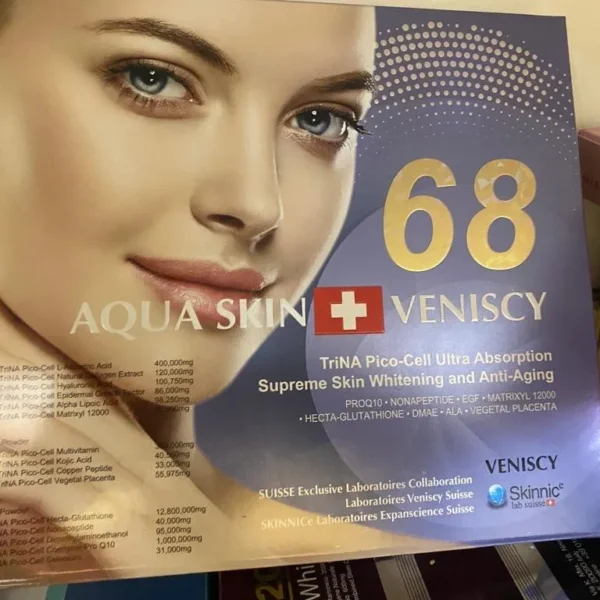




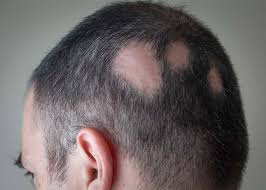
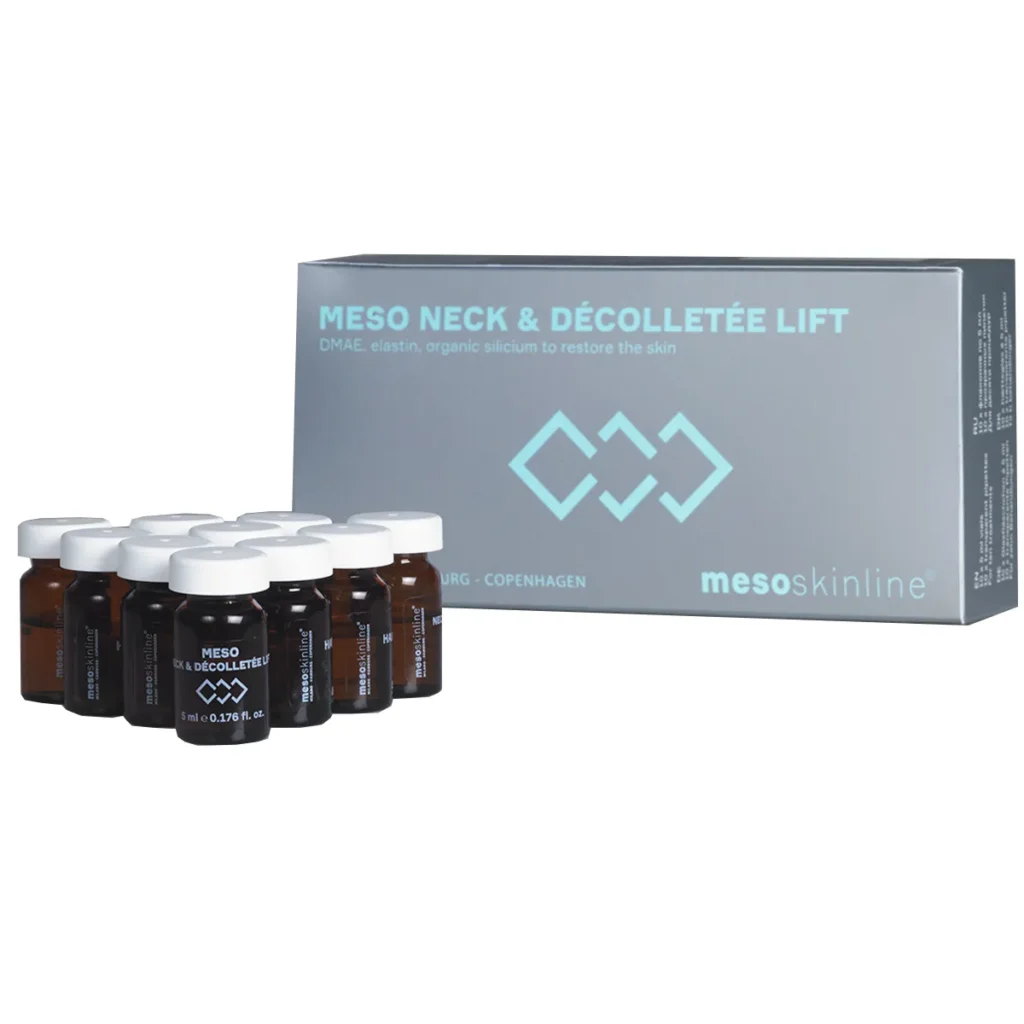

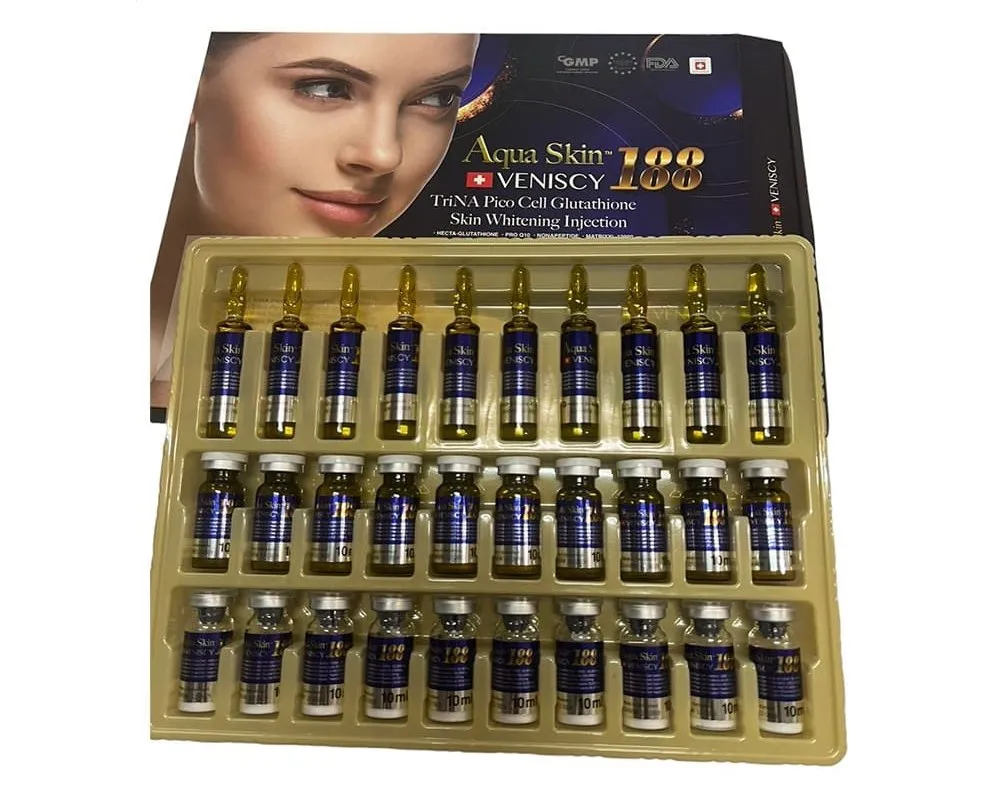








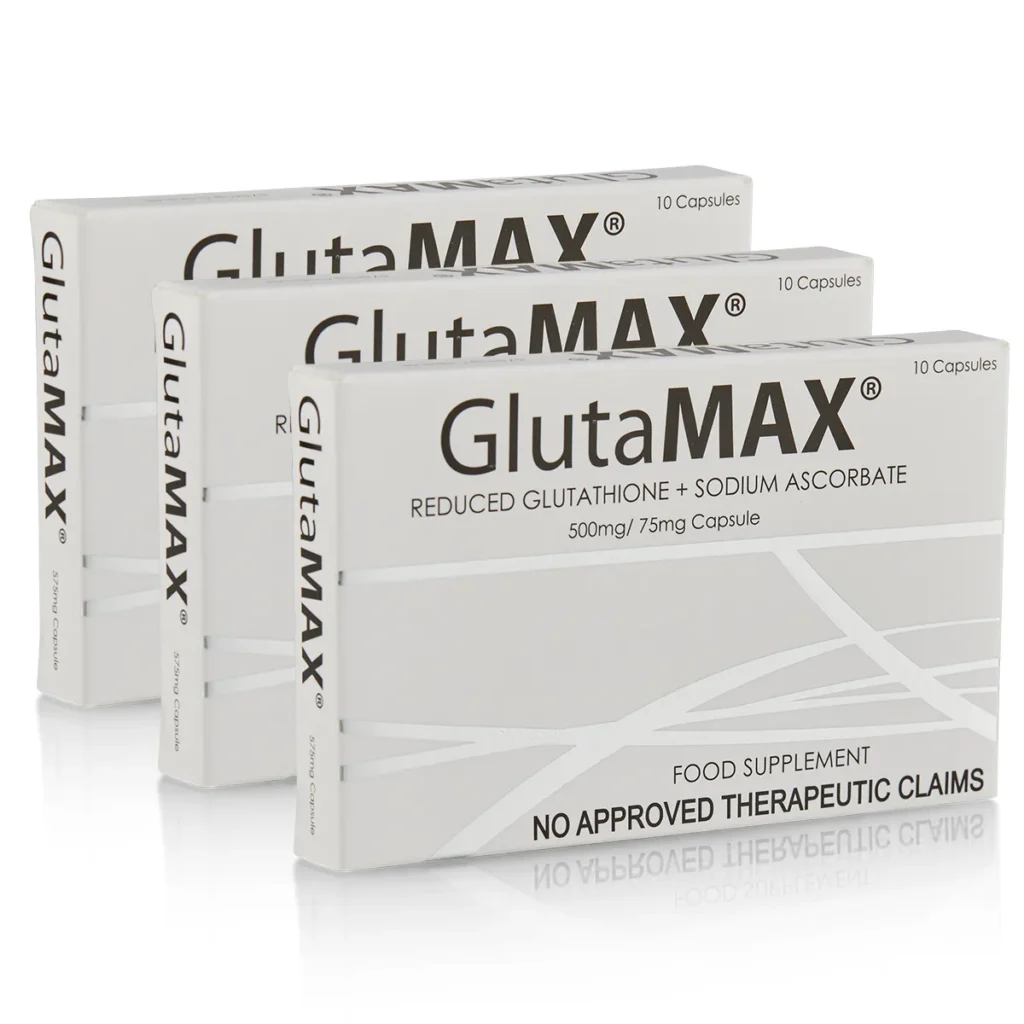
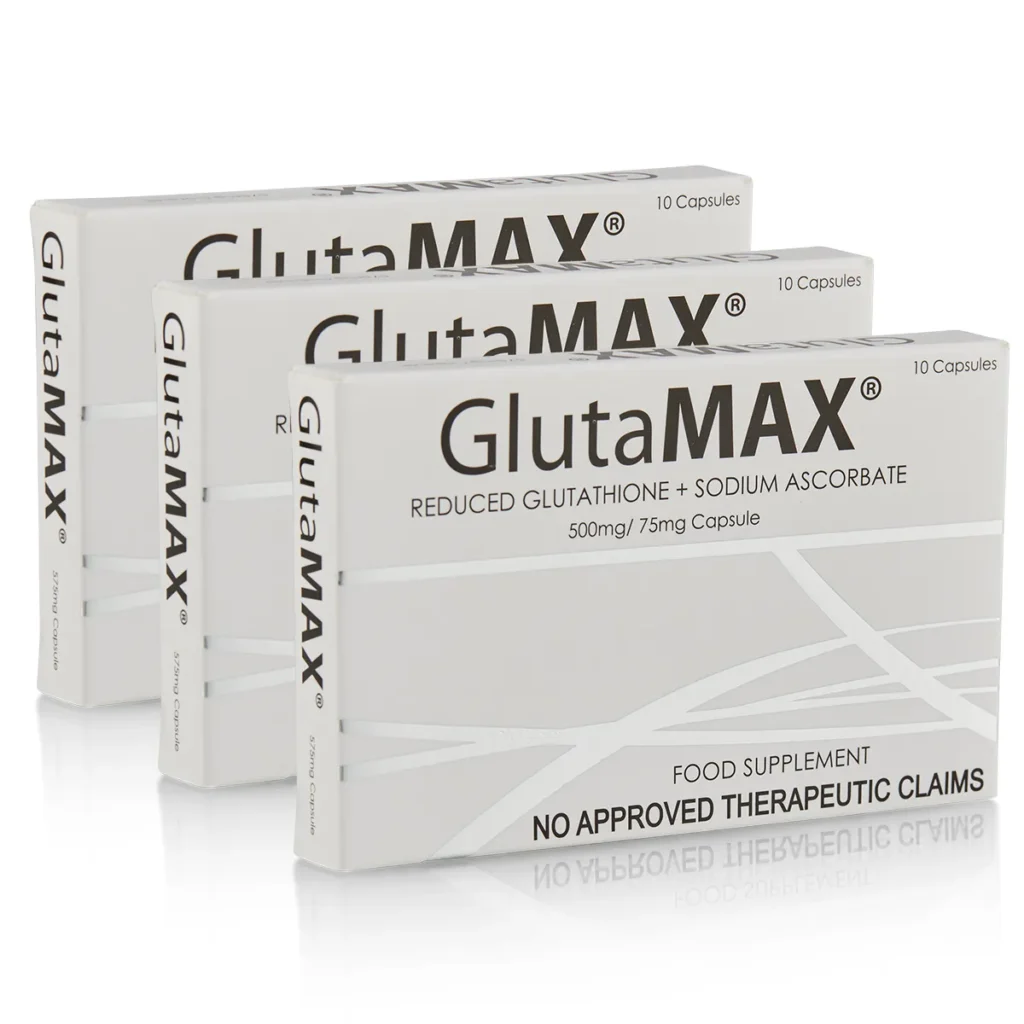













Reviews
There are no reviews yet.